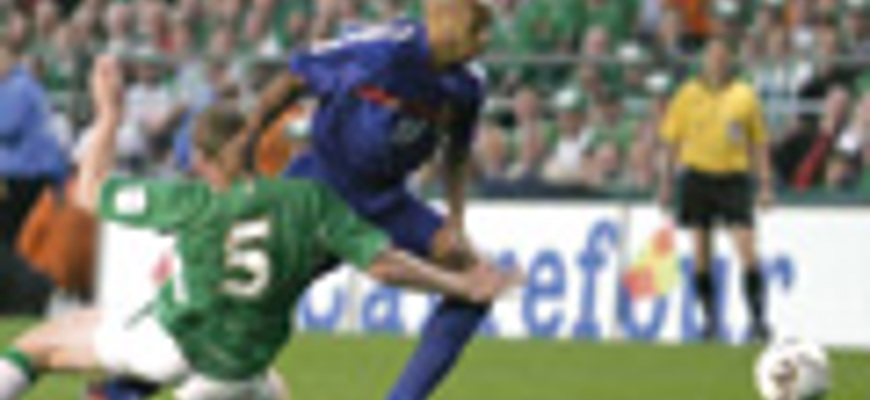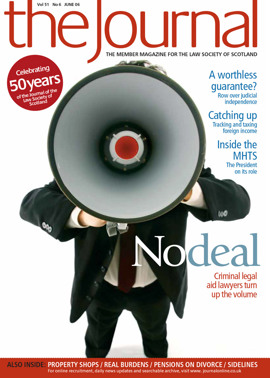The impact of human rights

Recent media reports suggest that the Human Rights Act 1998 (“the Act”), which came into force on 2 October 2000, changed the legal landscape in the UK forever. The changes implemented by the Act were indeed potentially far-reaching, but what has been the impact on sport?
Article 6 is most commonly discussed in connection with sport, in the context of sporting disputes. Yet it offers little new in sports dispute resolution. The right to “a fair trial” is recognised by the common law principles of procedural fairness and natural justice, which sports bodies have long been required to meet. These principles have been upheld consistently, without reference to the Act. The recent case of Wiles v Bothwell Castle Golf Club 2005 SLT 785 highlights this approach. Lord Glennie’s decision, delivered in August 2005, was based on implied contractual terms and the requirement of fairness, drawing heavily on common law principles with no reference to article 6 or any other Convention right.
Private bodies, public sphere
The Act primarily regulates the conduct of public bodies. Prior to the Act the courts in England consistently held that sporting bodies were not “public authorities” subject to judicial review, but private bodies exercising contractual powers. Whilst that distinction does not have such significance in Scotland for the purposes of judicial review, as that remedy is not limited to the review of decisions of public bodies in Scotland, the English decisions are consistent with Scottish decisions, as both jurisdictions recognise that sports bodies are private bodies regulated primarily by contract. The Wiles case and Crocket v Tantallon Golf Club 2005 SLT 663 are two recent examples. That may act as a restriction on application of the Act.
Having said that, the historic treatment of sports bodies must be reconsidered in the context of the widening notion of the “public sphere”. It can now be said, in certain situations, that sports bodies may fall within the definition of a public body, where their actions are of a public, rather than private, nature. In recognition of this the Jockey Club and the Football Association took the step of amending their disciplinary systems, to endeavour to comply with the Act, and regulate themselves as if they were public bodies. Similar exercises have been conducted by sporting bodies in Scotland. Thus, it is fair to say that the Act has had an influence, albeit indirect.
Reluctance to interfere
A more direct influence may be slow to develop. The courts have consistently held that it is preferable to have sports-related disputes resolved by the sport’s own administrators. Their longstanding reluctance to become involved in resolving disputes was recently highlighted in England by Flaherty v NGRC [2005] EWCA Civ 1117. Scott Baker LJ’s assertion that it was not in the interest of sport or anyone else for the courts to double guess domestic sports bodies, echoes the Scottish approach. Having been reluctant in the past to interfere with the decisions of sports bodies, it seems unlikely that the courts will wish to use the Act to do so. The limited application of the Act and article 6 in England was highlighted in the recent case of Stretford v The FA [2006] EWHC 479 (Ch), in which the court held, amongst other things, that it was well established that the article 6 rights of Stretford, Wayne Rooney’s agent, were not breached by a properly drafted agreement including an arbitration clause which restricted recourse to the courts, even where he claimed not to have been aware of it and where he had no choice but to agree to it if he wished to work as a football agent registered with the FA.
There are of course other possible avenues of application for the Act in sport, including article 8 (right to respect for private and family life) and article 1 of Protocol 1 (the right to property). The courts must act in a manner compatible with Convention rights and interpret legislation consistently with Convention rights so far as possible. These avenues have not, however, been subject to any real judicial scrutiny in the context of sport since the Act came into force. Their impact remains unknown.
The interaction of human rights and sports law may yet develop further. So far, however, the real influence of the Act has been in practice. Many sports bodies developed their procedures in line with Convention rights to seek to avoid judicial challenge. Notwithstanding the limited judicial influence of the Act since 2000, that remains a sensible approach. In so doing, sports bodies will go a long way to satisfying their existing common law obligations and improve decision making in sport proactively, rather than reactively.
Michael Nicholson and Stephanie Lynn, Harper Macleod LLP
In this issue
- Independence first
- Stand up for our system
- The talking stops here
- The bill: a half measure
- Turning up the heat
- Strengthened or threatened?
- The patient approach
- Another little job
- The wars of the portals
- The LLP factor
- Avoiding surprises
- The temporary judge survives
- HMRC to the rescue
- Core of the agreement
- A debate to be resumed
- The impact of human rights
- Website reviews
- Book reviews
- Is that burden dead yet?






